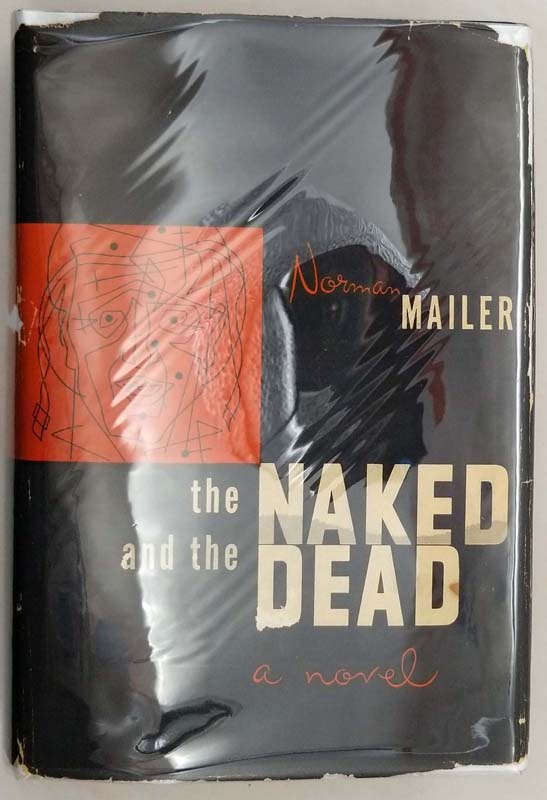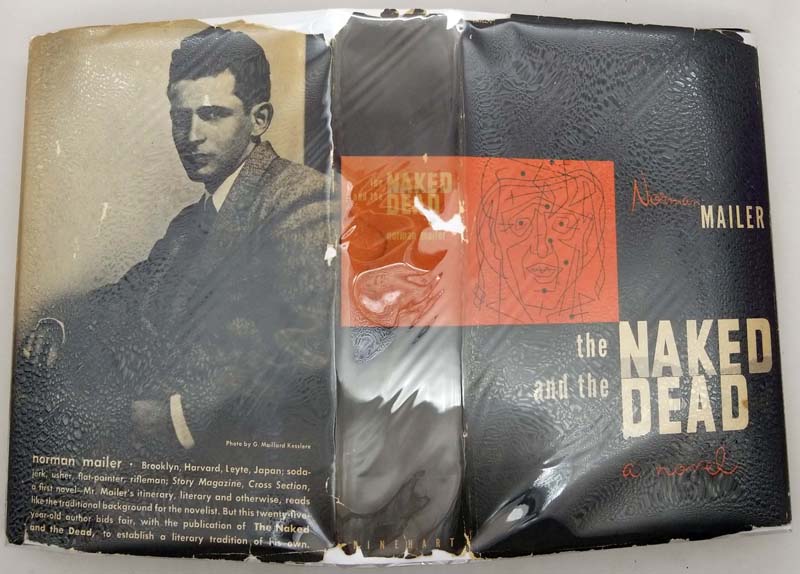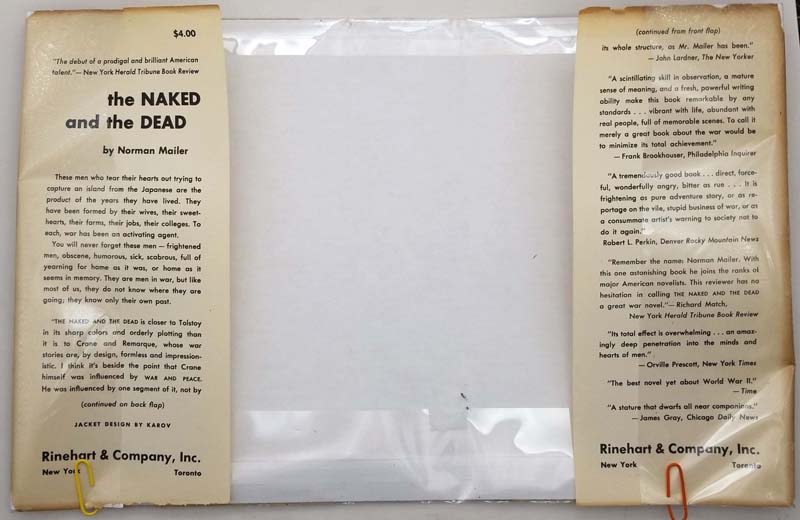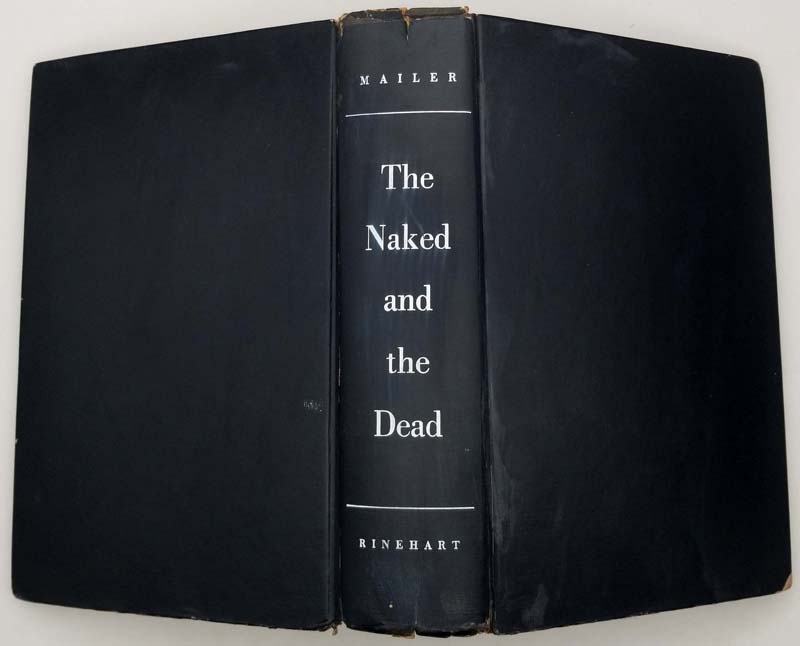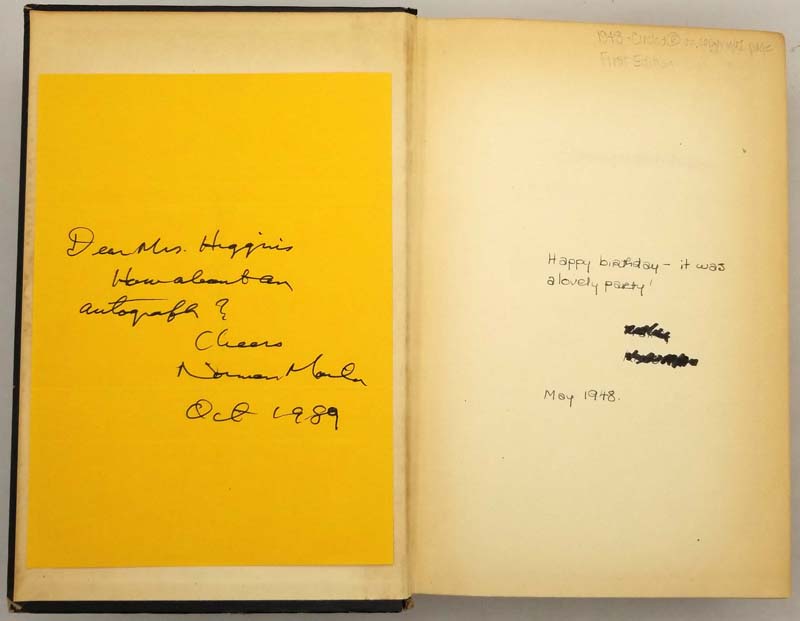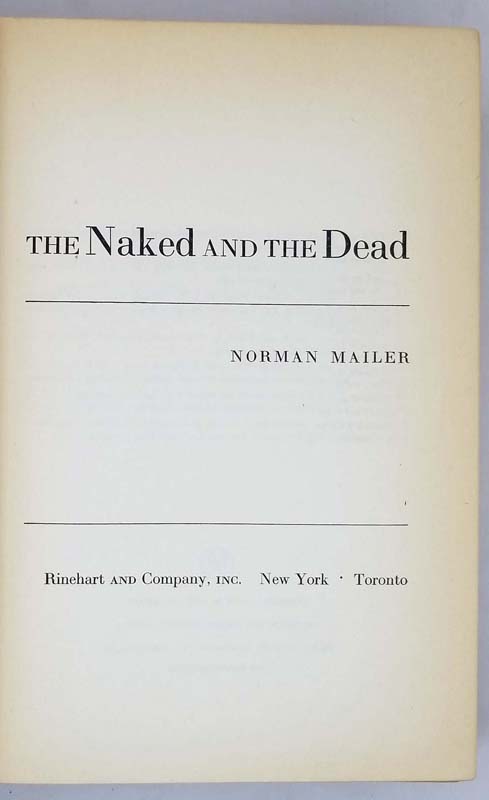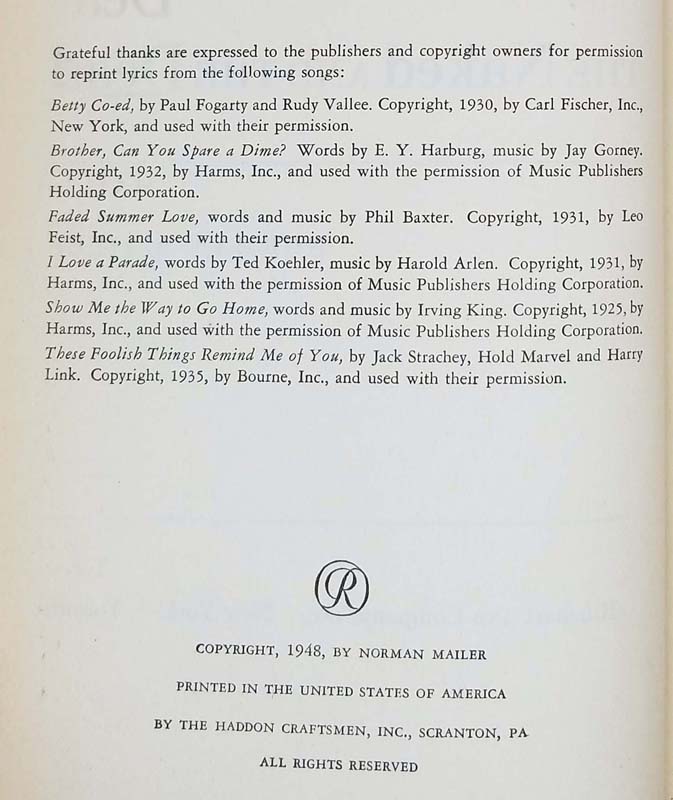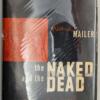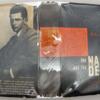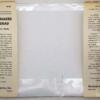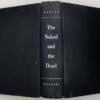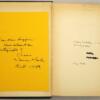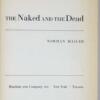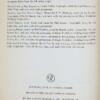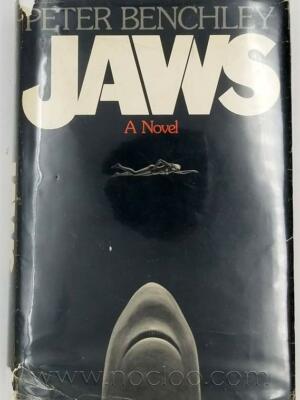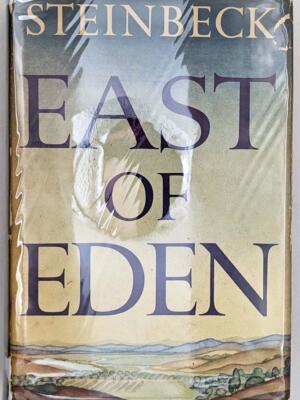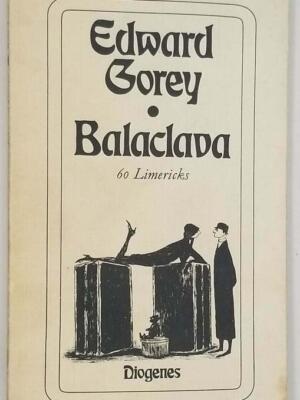The Naked and the Dead (1948) by Norman Mailer is a visceral, sprawling masterpiece of war literature that catapulted the 25-year-old author to fame with its unflinching portrayal of combat and human nature. Set during the fictional Battle of Anopopei in the Pacific Theater of World War II, the novel follows the men of an American reconnaissance platoon—a microcosm of American society—as they endure the physical and psychological horrors of jungle warfare. Mailer, drawing on his own military service, exposes the brutal hierarchy of power through the clash between General Cummings, a calculating, fascist-leaning commander who views war as a social experiment, and Lieutenant Hearn, his disillusioned liberal aide. Meanwhile, the platoon’s hardened sergeant, Sam Croft, embodies the primal instincts of survival and domination, driving his men through impossible missions with terrifying resolve.
Mailer’s innovative “Time Machine” flashbacks reveal each soldier’s prewar life—from Brooklyn tenements to Midwest farms—laying bare the class tensions, racial prejudices, and shattered dreams they carry into battle. The novel’s title, drawn from King Lear, underscores its existential core: war strips men not just of clothing but of illusions, leaving only raw humanity.
A defining work of 20th-century fiction, The Naked and the Dead combines naturalistic detail with psychological intensity, standing alongside Hemingway’s For Whom the Bell Tolls and Jones’s From Here to Eternity as a testament to war’s dehumanizing grind and the fragile bonds between those who fight.
